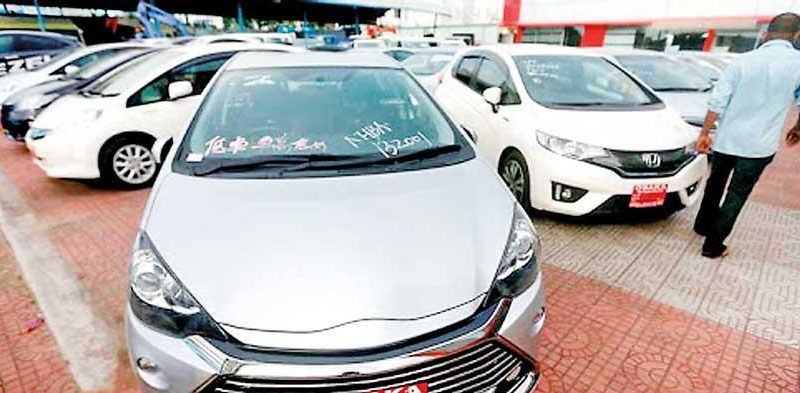LNP – Motorcar registrations plunge in July; commercial vehicles steady
- Sept. registrations set to plunge further with vehicle stock already imported depleting
- Indicates rebound in agriculture, construction and other industries
Sri Lanka’s vehicle registrations in August slumped across the board barring a few commercial vehicle categories as protracted controls in place on personal vehicle imports put a damper on an otherwise soaring sector at a time borrowing cost hovers at historically low levels.
The country had 17, 493 units of vehicles registered in August, lowest
monthly figure in more than at least a decade or so, as the buyers dig
into the exiting stocks mostly available with pre-owned vehicle dealers,
the data compiled by JB Securities, a Colombo-based equity brokerage
and research house showed.
In July, Sri Lanka had 28, 572 vehicles registered, after total
registrations reached pre-pandemic levels of 32,123 units in June, the
highest level since February.
JB Securities Managing Director Murtaza Jafferjee, expects the
registrations to further slowdown in September due to the depletion in
the existing inventory levels.
However, Secretary to the President P.B. Jayasundara recently said that
Sri Lanka at present has a vehicle stock sufficient for the next two
years or so as the country had allowed the importation of unsustainably
high number of vehicles during the five years through 2015 to 2019, of
which there is still a massive unsold stock available with dealers and
local agents.
Sri Lanka suspended personal vehicle imports since March 19 as part of
broader controls on non-essential imports to preserve foreign exchange
in the backdrop of the economic malaise created by COVID-19.
The suspension provides space for the government to implement a durable
public transport strategy, which is both sustainable and
people-friendly.
The government this week indicated that they would gradually lift the
controls on imports once foreign earnings are restored with improvement
in trade and other inflows.
Category-wise vehicle registrations showed that total motorcar registrations falling to 906 units in August from 1,712 units in July and 2,385 units a year ago.
Out of the total motorcars, brand new cars were 248 units, down from 272
in July and 361 units a year ago, while the pre-owned cars were 658,
down from 1,440 in July and 2, 024 units in the comparable month in
2019.
Meanwhile, three-wheeler registrations plunged to 206 units in August, down from 635 units in July and 1, 039 units a year ago.
Registrations of two-wheelers recorded 13, 794 registrations in August,
down significantly from 22, 419 units in July and 25, 508 units a year
ago.
What is conspicuous and noteworthy in August vehicle registration
summary is the vehicle types categorised as commercial remaining as a
holdout despite the slump in overall numbers.
For instance, large tractor registrations recorded 428 units in August,
up from 393 units in July, and significantly up from 183 units 12 months
ago.
“Tafe is the category leader with a 40 percent share followed by Mahindra with 25 percent share,” Jafferjee said.
Meanwhile hand tractors, heavy trucks, medium trucks, mini trucks and
pickup trucks remained relatively strong, albeit some slowdown from a
month earlier but some categories showed an increase from earlier
levels, indicating an expansion of activities.
This gives a strong signal that the country’s agriculture sector is
gathering pace, and so are the services and construction sectors after
making a strong rebound since coronavirus lockdowns ended.
“The import bans are not applicable to agriculture, service and
construction-related vehicles, which explains a slightly different trend
in these categories,” Jafferjee said.

